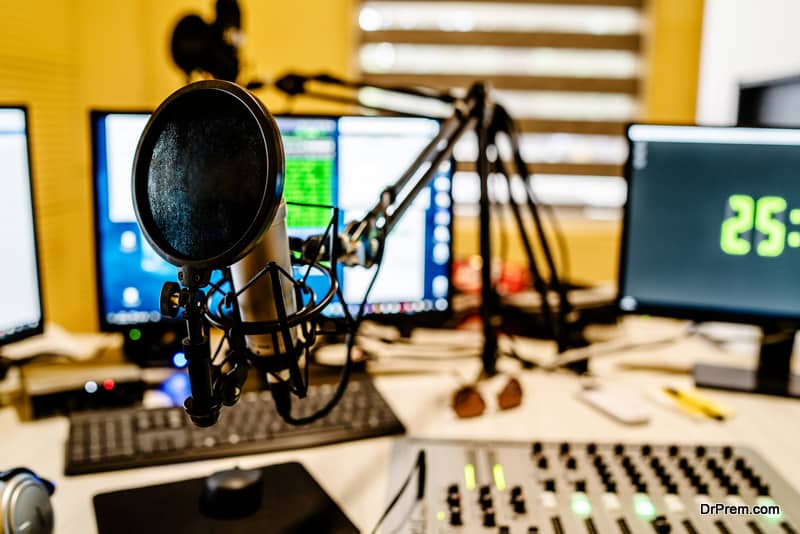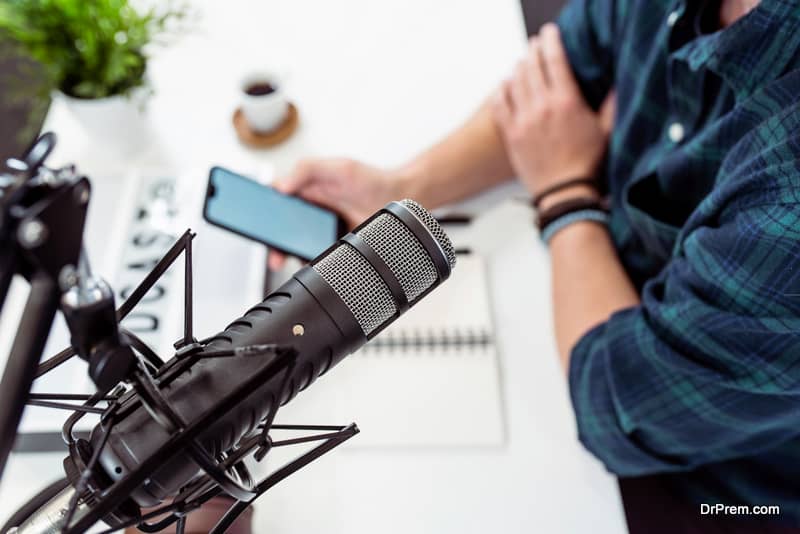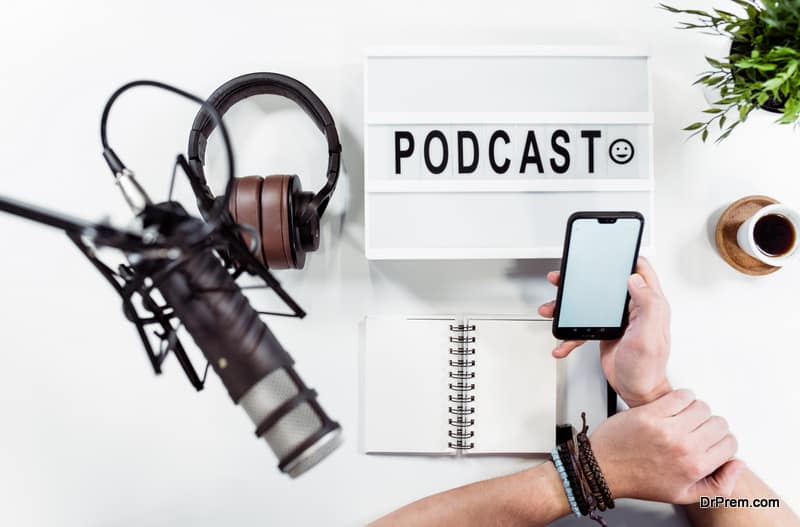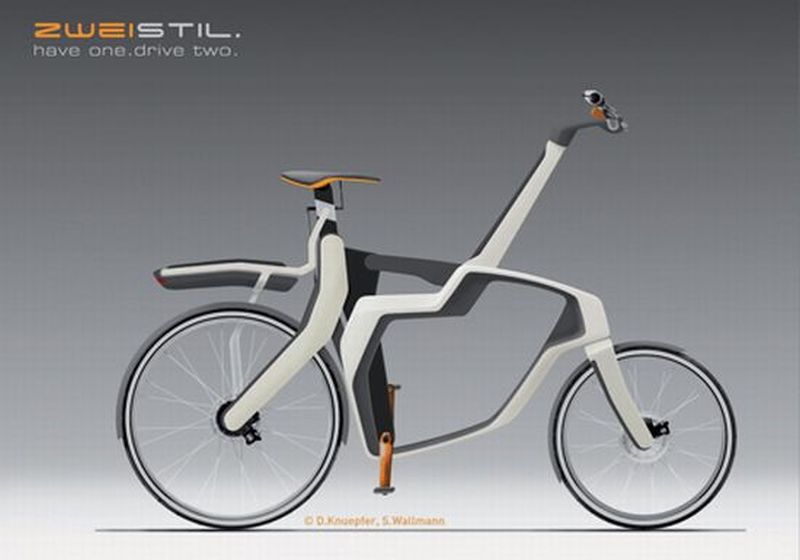Podcasts are being viewed as the next platform for content as blogging as a content channel is overcrowded. You can make a mark as a podcaster, if you have something to say which resonates with your audience. The number of people who listened to podcasts grew by a whopping 157% via their cell phones, from 2014 till 2018. Almost 51% of adults in US have listened to podcast. Podcasts offer a choice to the listener to listen to something other than music when they are going about their work. And it doesn’t cost much to get started. Here’s how to start podcast from home:
How to start your own podcast from home
1. The WHY

The first thing to do is to be clear in your mind why you want to be a podcaster. Do you want to promote your business, and the podcast would be an added marketing channel? Or you have something to say about things which are close to your heart? You may have identified podcasts as a way to build an audience for your product or for you as a brand.
It could be a hobby for you, to speak about subjects that you feel strongly about. The ‘why’ is very important, as it would help you to create content which is entertaining or valuable. Before starting your podcast business in 2020, it is important to figure out the reason why.
2. Identify your audience
Now you know why you want to be a podcaster, you have to identify and create content for your audience. Suppose you are a fitness freak and you want to pass on some great tips on staying fit, then your audience would be people who are interested in exercising, eating healthy, losing weight, body building and so on.
If it is a hobby channel you are set on creating, say around your love for sci-fi or zombies, then people who are crazy about the same stuff and love watching shows like Walking Dead, movies like Night of the Living Dead and like reading books on the same topic.
While starting your podcast business in 2020, you can imagine a ‘listener persona’ and then create content that would be appealing to him/her. Keep your listeners in mind every time you write an episode. The listener persona will keep your podcast on track. Also, remember to offer something valuable to your audience so that they keep coming back for more.
3. Plan the content

When you provide information that would help people to keep fit, or if you want to keep it as an entertainment channel, with interviews with well-known actors, comedians, authors and so on, you should first write the first 10 episodes at least. If you want more help in planning the show, check out the most popular podcasts and try to glean some ideas.
Planning the content is vital, as it is revelation time – do you actually have enough to say or feature in your podcast?
4. Best Gear to start your podcast in 2020
To start a quality podcast, you will need some quality equipment. You can also start with just a smartphone, but it might seem like a recorded phone call. But if you are just doing it as a hobby, you can choose to start with your phone.
The equipment needed to start a podcast is not very expensive, if you want to go for the MVP or the Minimum Viable Product concept. This is basically a start-up concept where you start out with the least possible requirement and then build it up from there. For beginners on a budget, this is a good idea.
A microphone is a must as podcasts are all about sound, and the audio quality has to be good. Remember you are not competing with other small-time podcasters, but with giants such as ESPN, NPR and WNYC and more. You will be able to buy one without breaking the bank.
USB microphones such as the ATR2100 by the company Audio Technica are priced at 60 dollars. A good choice is to buy a front-firing dynamic microphone which has good rejection i.e. it will pick up your voice with clarity, but not unwanted sounds of the surrounding.
Cheaper options are available too, such as microphone/headphone headsets for about 30 dollars. This is a better option if you want to podcast with some guests or cohosts. Also buy a stand for the microphone or fashion one yourself.
You would have to research and purchase some additional podcasting equipment. Plug your microphone into the computer, install editing and audio recording software, make the recording then save the file. With the equipment needed to start your podcast in place, you can record and upload your podcast to the hosting site, and then submit it to a directory such as iTunes.
5. Decide on the format

Podcasts can have different formats – it could be a completely one man show, or you could have a cohost/s, guests calling in and so on. The highly successful podcaster Matt Haughey, who has hundreds of hours of experience, recommends that a podcast should have two to three hosts. It would be easier for you as it is easy to chat and discuss views and opinions, or just have fun, but one person talking, unless you have fascinating and gripping content, does not have many subscribers.
So, the 2-3 hosts formats with a guest calling in seems to be the best format. At least, if you host alone, you must have guests calling in, with whom you can talk.
6. Practice the content
Your podcast will sound professional and organized with a logical thought process. Work out the storyline of the podcast and have a loose script. Make a few points, so that you will not fumble during the recording. You don’t really have to write a line by line script but you definitely should have an outline of what you want to say.
A brief idea of the content:
Introduction: Show intro, about yourself and what you will talk about, for about 30 to 60 seconds.
Intro music:A jingle that the listeners can identify it as your show, 30 -60 seconds.
First topic: 3 minutes
Second topic: 3 minutes
Interval: Music break for about 30 seconds
Topic 3: 3 minutes
Topic 4:3 minutes
Closing remarks (thanking the audience, guests and intro about the next show): around 2 minutes
Closing music: same as intro jingle for 2 minutes.
The above guidelines is just an idea, and you can test to choose the time yourself, but the duration has to be such that it has to grab the attention of your listeners.
One of the easiest ways to record is using Skype recording software. When you have finished, an editing application can be used to clean up the recording, processing, music and publication.
Uploading the podcast

Image Source : support.libsyn.com
After recording, editing and producing the podcast, you can upload to the hosting sites such as Anchor, Libsyn, Transistor and so on. These sites would generate the RSS feed for your podcast, so that you can submit it to Spotify, Apple Podcasts and so on.
How to upload on Apple Podcasts
You can launch your podcast for free, on Apple Podcasts. Create an Apple ID, and log in at the podcastsconnect.apple.com. Then enter the feed URL and click on ‘Validate’. Apple will itself pull the podcast details such as Artwork, Title and Description. Then click on submit. Apple will send you the confirmation message, and also if there would be a review process for the podcast.
This is usually within 24 to 48 hours but can also take as long as 4 to 5 days. Once the podcast is approved, then you will get an email telling you whether you are approved or not. Then people can find the podcast in the Apple Podcasts app.
Listeners can download or stream podcast directly from websites where you have hosted it, such as Simpelcast, SoundCloud, Buzzsprout and more. Find out if you can launch your podcast for free.
Promoting your podcast

The promotion as well as sharing of the podcast depends on the website you hosted it on. Marketing your business online isn’t very hard. Sites such as Transistor, for example offer quite a few options to share directly to Facebook, Twitter and so on. You can embed audio directly into the blogpost as well.
Embedding audio is one of the best ways to sync the podcast with blog content, along with a transcript, and list of resources and topics that you covered in the recording.
Super tips to help you succeed
Research says that an average listener can stay connected for a maximum of 22 minutes. If you notice the length of TED talks, then you would see that even TED talks have a maximum of 18 minute length, because humans cannot focus attention on a single speaker for more than that span of time.
And the best day for a podcast is Tuesday, as is the practice of the publishing schedules of the top podcasts on iTunes. Tuesday is the day when new tunes hit iTunes store that means more visits to the
store and thus more possibility of views. And the best frequency for posting is Tuesday.
Check out the top podcasts and observe their content, the time, frequency, and more. If you offer content which is engaging as well as valuable, you’re all set for success as a podcaster!



